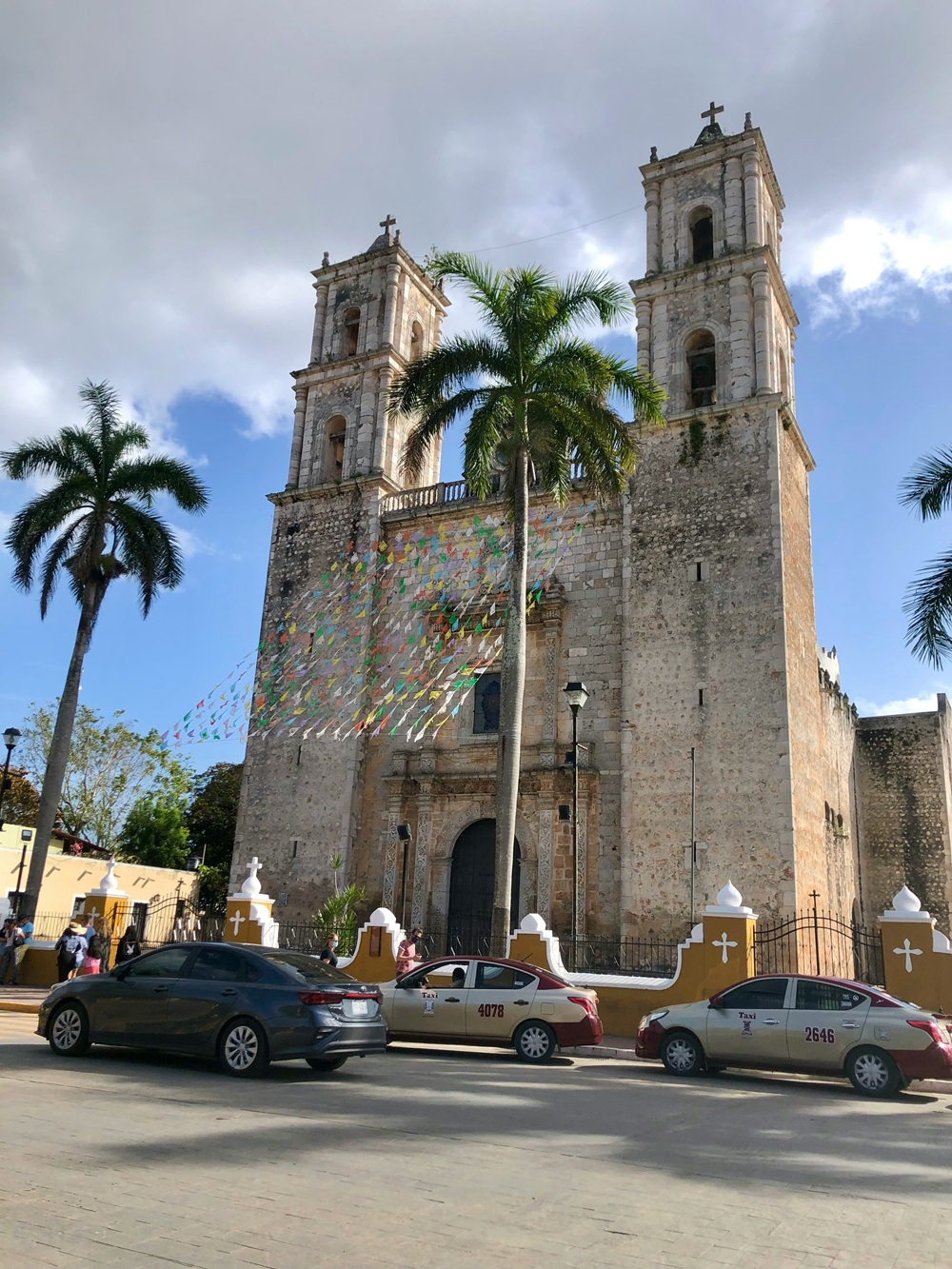Valladolid
The Mexican city of Valladolid sits tucked between Cancún and Mérida, at the very heart of the Yucatán Peninsula. This charming and colorful town—officially recognized as a Pueblo Mágico—draws travelers with its striking colonial architecture, inviting central plazas, vibrant houses, narrow streets, and an atmosphere steeped in centuries of culture and history. Valladolid lies between two renowned archaeological sites: Chichén Itzá, home to the majestic pyramid of Kukulkán, and Ek’ Balam, another impressive Mayan city. It makes for a perfect stop to soak in historic Spanish architecture while exploring a variety of fascinating attractions.
A Brief History
Valladolid has a unique origin story: it was founded not once, but twice. Its first establishment was in 1543 atop the ruins of the Mayan settlement of Zací. However, the original site proved unsuitable due to swampy conditions, prompting relocation to the city’s current location. The town was named after the Spanish city of Valladolid, the birthplace of King Philip II.
In 1847, Valladolid became a focal point of the Caste War—a decades-long conflict between the Maya people and the ruling Creole authorities. Descendants of Spanish settlers imposed heavy taxes on the Maya, forced them into labor on plantations to repay debts, and seized their lands. Living in abject poverty under systemic inequality, the Maya resisted, sparking a rebellion that lasted 50 years, ending in 1901. While the Mexican government claimed victory, neither side truly “won.” Many Maya communities retained autonomy in the jungles and preserved their language, culture, and traditions. The Caste War remains the longest and bloodiest conflict in Latin American history, and visitors can learn about this tragic chapter in local museums.
Modern-Day Valladolid
Today, Valladolid is a serene, welcoming town where shade and cool retreats can be found even under the intense Yucatán sun. It is celebrated for its well-kept streets, fountains, parks, and cozy courtyards. The city also boasts a rare natural wonder: a cenote right near its center. Cenote Zací lies close to the central plaza and the Cathedral of San Servacio. On its grounds, a restaurant serves traditional Mexican cuisine. According to legend, the ancient Maya offered jewelry and precious objects to the gods here, as the cenote was a source of drinking water.
The surrounding region is dotted with other spectacular cenotes that attract visitors from around the world:
Cenote Suytun: A breathtaking, semi-enclosed cenote. A central platform sits beneath a skylight in the cave ceiling, which at midday illuminates the waters below with a beam of light—creating stunningly photogenic, almost otherworldly scenes.
Cenotes Samulá and X’keken (in Dzinup): These neighboring cenotes offer distinct experiences. Samulá is famed for its stalactites and crystal-clear water, with tree roots cascading from a ceiling opening—an iconic sight for photographers. X’keken is smaller, with multiple openings above that diffuse light into a gentle, mystical cavern atmosphere. Both cenotes allow swimming, and platforms and ladders make access easy. Depths reach around 20 meters.
Central Plaza and Cathedral of San Servacio
Valladolid’s heart is its central plaza and the Cathedral of San Servacio. Rich in history and drama, the cathedral was constructed twice. The original temple, built in 1545 on the ruins of Zací, symbolized Spanish dominance and the imposition of Catholicism on the Maya. In 1703, however, a violent incident stained its history: during a mass on the night of October 15–16, two local officials were murdered near the altar. Townspeople believed the blood would forever haunt the temple, prompting reconstruction. By 1706, the cathedral was rebuilt, with the main entrance repositioned to the north, away from the site of the tragedy. The redesign featured massive columns and two symmetrical towers, while bells and a clock were added in the 20th century.
Today, the cathedral anchors city life, hosting events and gatherings around its plaza. In the evening, illuminated by soft, harmonious lighting, it becomes a focal point for visitors eager to experience Valladolid’s historical and architectural charm.


